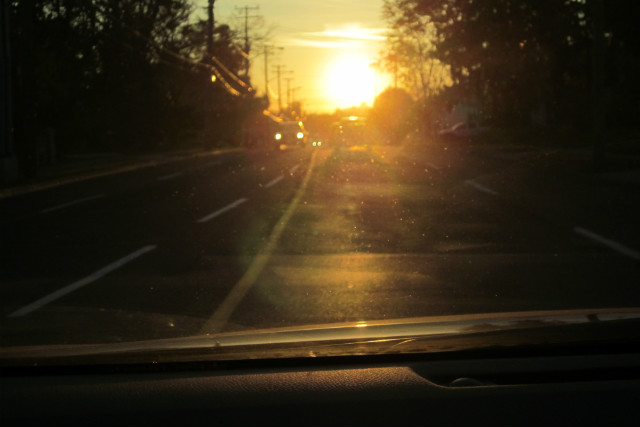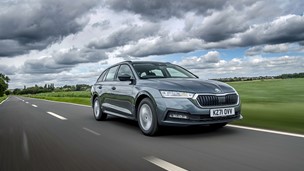Being able to see clearly what’s ahead of you at all times is vital for safety whenever you’re driving a car on the road. However, if you drive at dawn or dusk when the sun is low, there’s the risk that it will be in your eye-line, and glare from it could leave you unable to see ahead.
Being blinded by sun glare while driving for even just a few seconds can prove enough for an accident to occur. Even worse, if the road is wet then sun glare can potentially come up from the road and into a driver’s eyes.
There are some precautions you can take to protect yourself and here we’ll go over tips to stay safe and avoid being blinded.
Keep your windows clean
If you know you’re going to be driving at a time when sun glare will be prominent, then making sure your windscreen is clean both outside and inside can make a huge difference. If you’ve got dirt, dust or any other kind of debris on your windscreen, then sun glare will really accentuate this muck, making visibility even worse.
When you notice the windscreen is starting to look grubby, give it a quick clean before you start driving. If there any dirty marks which are proving stubborn and hard to clear, then take the time to clear it properly or take your vehicle to a car wash as soon as possible.
Wear polarised sunglasses
Some drivers may use the car’s sun visor to block out the low sun and reduce glare. While this can be effective, wearing sunglasses can further improve comfort and safety.
Keeping a pair of sunglasses in the car can prove really handy not just during the spring and summer but also the winter months especially. Ideally you’ll want the sunglasses in your car to have polarised lenses. Though they aren’t the cheapest type of sunglasses around, they are more effective at reducing glare.

If you’re going to be driving through a tunnel during your journey, remember to take your sunglasses off just before you enter one so the view ahead doesn’t suddenly become too dark.
If you don’t have access to sunglasses at the time, then wearing a baseball cap could be an alternative solution.
Be wary of those around you
Low sunlight should not only make you wary of how you drive but also how other people nearby are coping with the glare.
When the sun is low it can be difficult to see cars in front and the drivers of those vehicles may be having a hard time seeing you. Therefore, leave yourself plenty of room to minimise the risk of you or others getting caught out.
If it’s about an hour before sunset or after sunrise then you might want to consider putting your headlights on temporarily just to make yourself more noticeable to other drivers. It could even benefit nearby pedestrians that might want to cross the road but are having visibility problems of their own.
If in doubt, slow down or even stop
Drivers with enough common sense will naturally take a slower, more cautious approach if faced with challenging conditions such as heavy rain or snow and a similar attitude is wise when there’s low sunlight.
Take your time on journeys and think about slowing down even on roads you’re already familiar with and would ordinarily take at a higher speed.
Also, if you find yourself in a situation where the amount of glare being created by the sun is problematic and you’re unable to improve visibility, then consider pulling over temporarily.
Look out for a safe spot to stop in and once you’re there, just wait for the sun to move into a position where the amount of glare is no longer making driving too risky.




